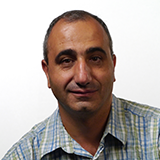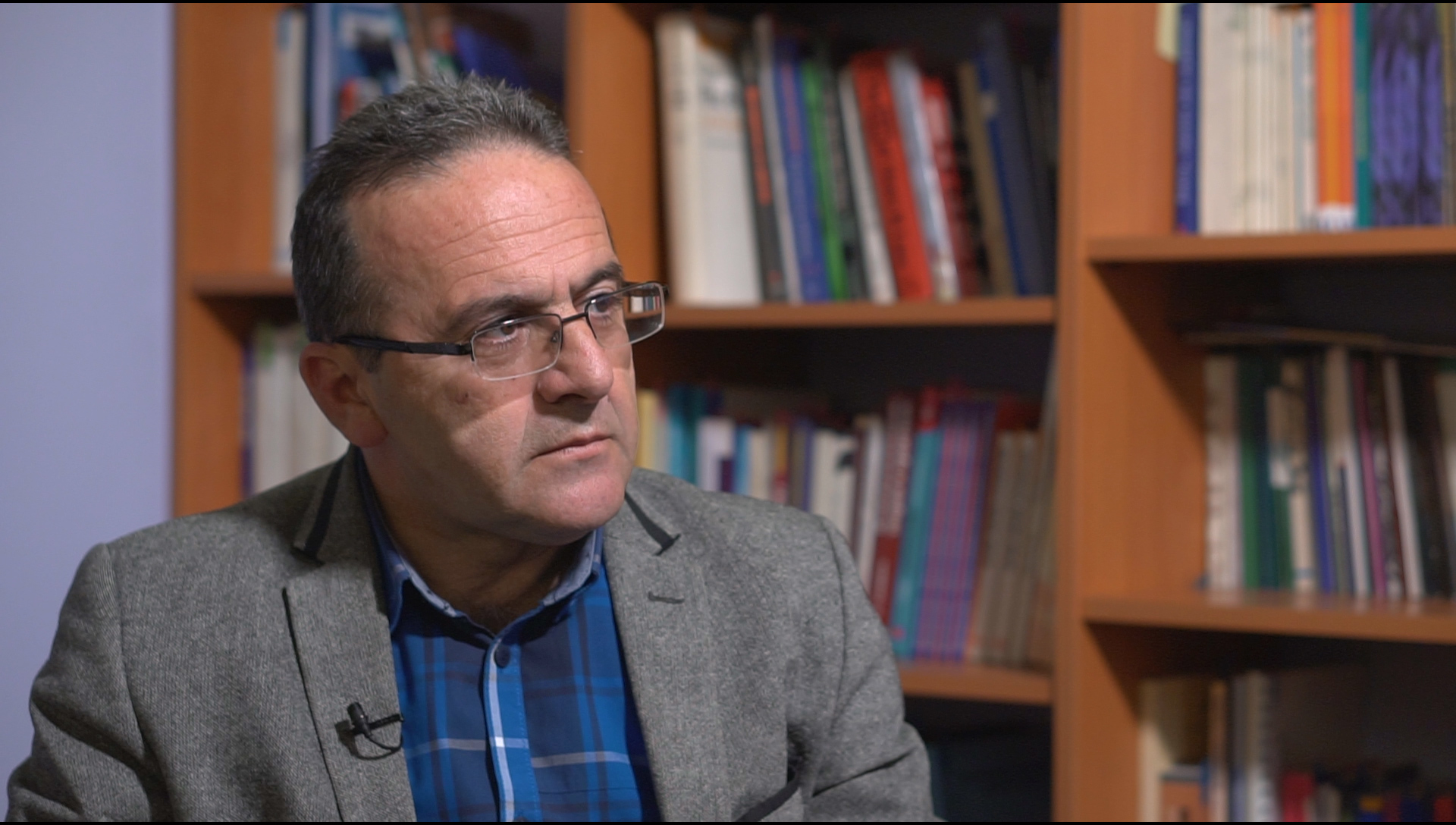Artur Sakunts, head of the Helsinki Citizens Assembly Vanadzor Office, says that sometimes it is impossible to listen to the main information because the information noise is often times conscious.
“For example, in relation to the March 1 trials, information was spread that certain sessions might be closed. This has caused suspicion in the public perception of the case,” said Sakunts.
According to him, nowadays such information very quickly becomes perception, creating a distorted information picture about that phenomenon. “They can be true individually, but as a whole, they aren’t correct.”
“Traditionally, we called that as being not objective, half fiction. Unwittingly, Frankenstein came before me, with each part of his body being a human phenomenon, but it was problematic in terms of perception Even separate parts of the body, however artificially that body was created, do not represent the truth,” he said.
To understand small truths, according to Sakunts, you have to fragment things into separate parts.
He has the impression that the creation of information Frankensteins are conscious, in order to mislead people about reality. “This is a serious challenge as it tries to distort your perception of reality, and this is a psychological and cognitive phenomenon, and I consider it a dangerous phenomenon in terms of relationships.”
Sakunts emphasizes the responsibility of those who bear the information, they should not refute, rather provide society with the whole picture.
In the drawer
Simultaneously with the growth of the role of social media, the topic of the verification of information was of special importance to editors. Teaching this topic is becoming more and more actual in universities. The Media Initiatives Center has published an information verification methodological handbook for universities. The eight lessons included here will help lecturers teach the topic of verifying news in a more structured way to future and current journalists.
Gegham Vardanyan







